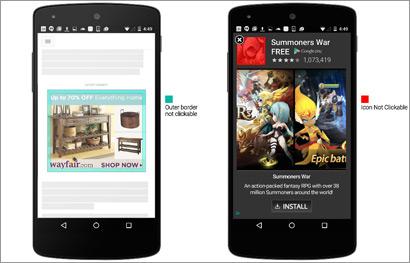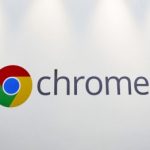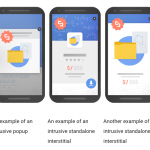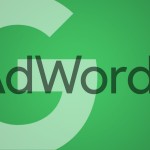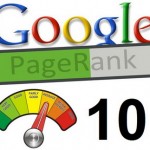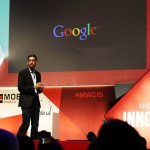Google routinely Blocks ad Clicks to avoid wasting manufacturers money
Laurie Sullivan @lauriesullivan, (June 27, 2015)
Search entrepreneurs recoil at the thought of paying a whole bunch of bucks for one unintentional click. as much as 50% of clicks are accidental, per Google, citing a 3rd-celebration study. unintended clicks have transform extra popular, especially on small smartphone monitors. just ask search entrepreneurs at one of the vital prime retailers that sell unique objects like Neiman Marcus, Saks Fifth Ave, and Williams-Sonoma. The advert feature, unfortunately, simplest applies to show ads.
This week, Google’s AdWords group outlined three vital modifications to how customers interact with cellular commercials and in-app interstitial commercials, and the ways that entrepreneurs can scale back unintended clicks on display commercials as they browse the web or attempt to put off an advertisement.
In 2012, Google introduced demonstrated click on on banner advertisements to instructed customers to substantiate that they in truth supposed to click on an commercial, and now the corporate delivered a characteristic to routinely block ad clicks in a number of cases that often result in unintended clicks, explains Pasha Nahass, product manager, cellular display commercials.
On cell picture advertisements Google will block clicks that happen on the subject of the picture facet. shoppers now should click on a extra important part of the picture to navigate during the advert to a brand’s site after Google recognized the image border as an area inclined to accidental clicks when customers are trying to click on or scroll to adjoining content material.
On in-app interstitial advertisements, customers can not click on the app icon of an install advert given its proximity to the advert close button. they must click on the decision-to-motion button to discuss with an app retailer web page and set up the app.
eventually, commercials best change into clickable after they have been onscreen for a brief period of time. this offers customers enough time to look at the content of an ad and helps get rid of unintended clicks from customers who didn’t expect to see an commercial.
Nahass points to early assessments that recommend the updates drove a 15% moderate conversion rate carry on display commercials by using using more qualified clicks.
(152)

